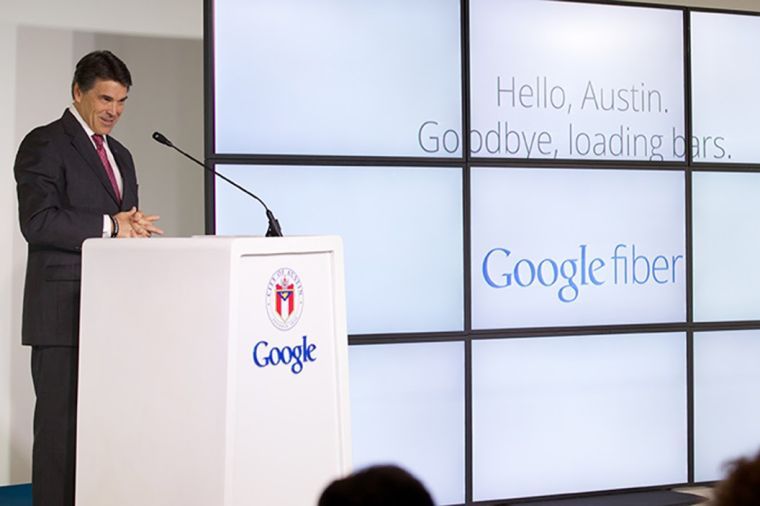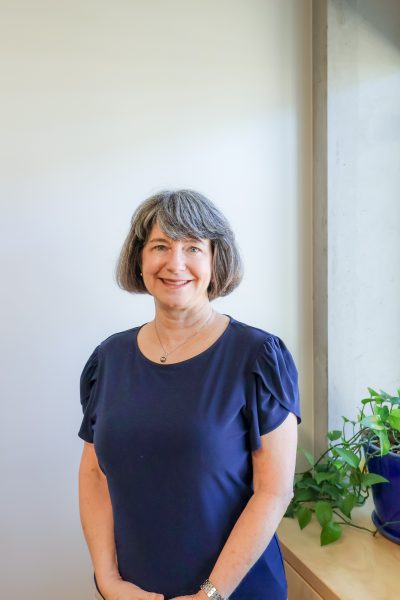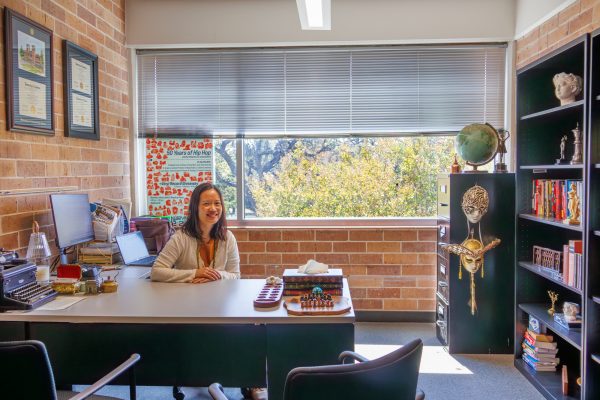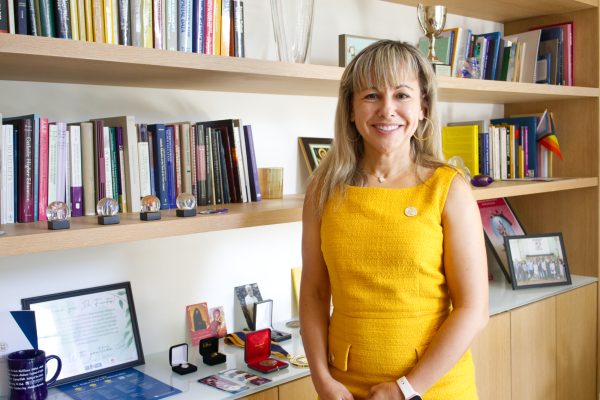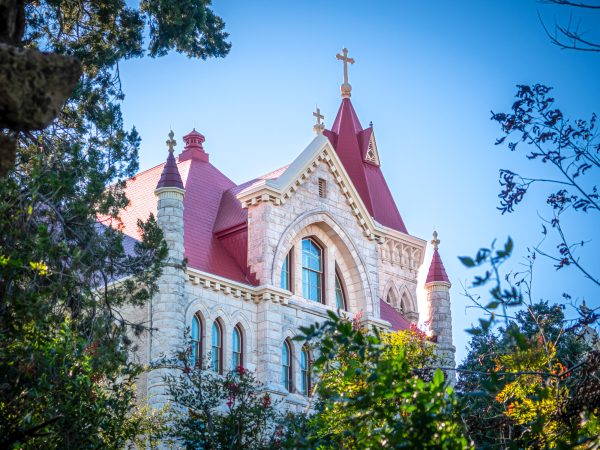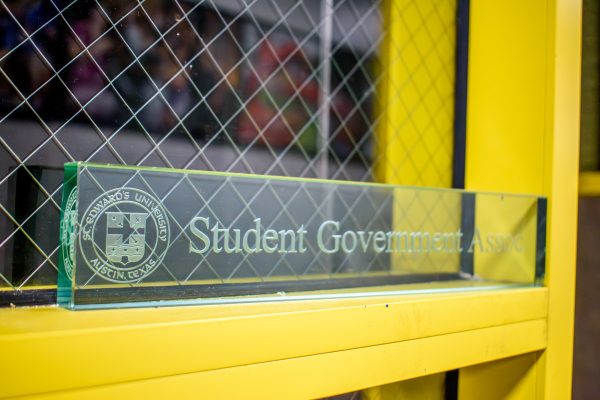Google Fiber coming to Austin, university applies for free use
The governor participated in an announcement with Google Inc. regarding the installment of Google Fiber in Austin, Texas. Google Fiber is an ultra high-speed broadband network with internet speeds up to 1 gigabyte per second.
Google Fiber, a new highspeed Internet provider, is coming to Austin and could potentially service St. Edward’s University.
On Sept. 30, St. Edward’s submitted an application to the city of Austin to be considered as a candidate for the community connections program, which would give St. Edward’s campus free Google Fiber for the next 10 years.
Google Fiber offers Internet connection speeds of 1 gigabit per second, which is up to 100 times faster than basic broadband. Since Google Fiber functions at a larger bandwidth, it allows people to access and stream videos and other digital media without buffering.
“We put in what I feel like was a great application to get free Fiber as a part of a community connection,” Director of Instructional and Emerging Technology Rebecca Davis said.
The Austin metropolitan area has been divided into various neighborhood regions, known as “fiberhoods.” However, Google will only install Fiber in the neighborhoods that express a high interest by registering online.
“Anyone that lives within the vicinity of St. Ed’s should register with Google that they are interested in Google Fiber,” Ben Hockenhull, director of Digital Infrastructure said.
The city of Austin is currently reviewing over 350 applications from organizations interested in the community connection, 100 of which will be accepted and recommended to Google.
“We had to make the argument that if we got this, there would be some benefit to Austin in general,” Davis said.
In the application, faculty discussed the unique education at St. Edward’s such as capstone projects, library resources, service projects through SERVE Austin and aspects of global learning.
If Google Fiber were implemented on campus, it would offer larger bandwidth and Internet speeds of one gigabit per second, allowing students, faculty, staff and community members to efficiently use digital and multimedia tools simultaneously.
Google Fiber would expand St. Edward’s ability to connect with partner institutions abroad in the global digital classrooms in the library.
“We could have classes connecting to four different institutions at the same time,” Davis said. “Having a fatter pipe would mean that we could be running all four of those at the same time.”
English writing and rhetoric professor, Ryan Hoover, suggests Google Fiber could expand teaching techniques by allowing students in the classroom and in the field to work collaboratively through video streaming.
“It’s that sharing of constant information back and forth, of 18 different streams going at once, that I don’t think our current system could handle very well,” Hoover said.
Currently, St. Edward’s is equipped with the technology and infrastructure necessary to support and distribute Google Fiber across campus.
“We have everything we need to take advantage of Google Fiber,” Hockenhull said.
From a communication perspective, Google Fiber would allow St. Edward’s to host more events and workshops, which would benefit students and the Austin community, Information Technology Communications Coordinator Claire Dunn said.
“This will actually be a reality for people that would give all the students here a head start to working this way,” Davis said.
The city is expected to come to a decision regarding which neighborhoods will be recommended to receive Fiber by the end of 2013.
To express interest for Fiber on campus, students, staff and community members can vote online.

